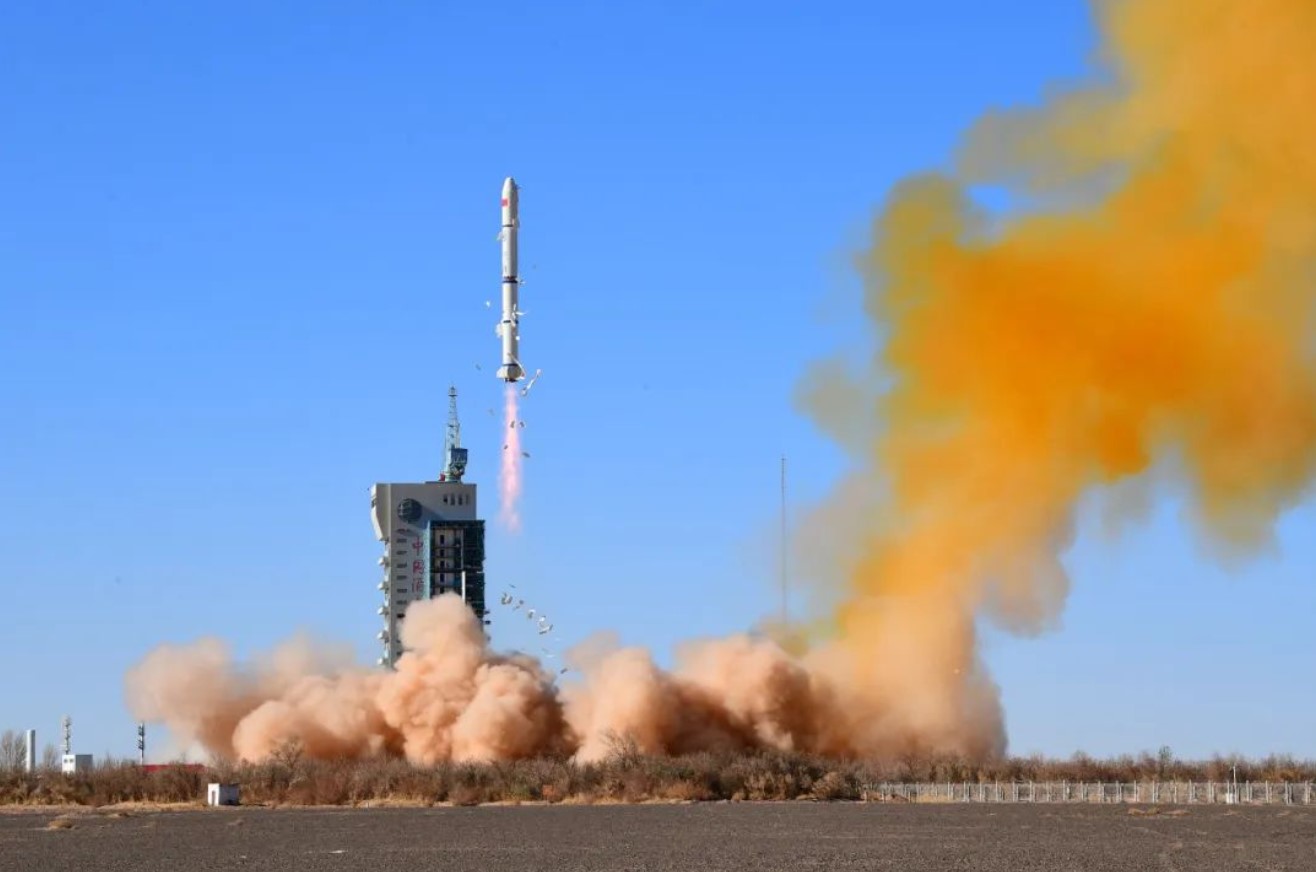China launches new-gen Haiyang ocean monitoring satellite

BREMEN, Germany — China launched the first of a new series of Haiyang ocean observation satellites late Wednesday.
A Long March 2C rocket lifted off into clear skies above Jiuquan Satellite Launch Center at 10:55 p.m. Eastern, Nov. 15 (0355 UTC, Nov. 16). The China Aerospace Science and Technology Corporation (CASC) announced launch success within an hour of liftoff, also revealing the payload to be Haiyang-3 (01).
Haiyang-3 (01) will operate in a dawn-dusk sun-synchronous orbit. It will provide all-weather ocean observation using an X-band SAR payload over a planned mission lifetime of eight years.
CASC says the new high-precision ocean water color observation satellite will target various water bodies around the world using multiple detection methods, providing insights into various environmental and biological processes. It will be able to provide continuous dynamic monitoring of water color, water temperature, sea ice and other variables, to deliver timely remote sensing information.
The Haiyang-3 series will complement the Haiyang-2 satellites with SAR observations. The earlier series focus on variables including wind speed, sea level and sea surface temperature.
The satellite was developed by the China Academy of Space Technology (CAST). It will be operated by China’s National Satellite Ocean Application Service (NSOAS).
Ocean monitoring satellites are valuable for providing data for weather models for forecasting and monitoring climate change. They also deliver information helpful for tracking pollution and marine navigation and safety.
The Haiyang-3 (01 launch was China’s 53rd orbital launch of the year. CASC stated early in the year it would aim to launch more than 60 times, and has so far completed 39 launches.
Galactic Energy, a commercial launch service provider, announced Thursday that it would soon resume launches of its Ceres-1 solid rocket. The company had suffered its first failure in late September. Galactic Energy enjoyed a run of nine consecutive successful launches before the setback.
The company released results of its investigation into the failure in late October. The report stated that abnormal ablation of a first stage engine nozzle occurred, causing the rocket to lose attitude control just over a minute into the flight.
Related
ncG1vNJzZmiroJawprrEsKpnm5%2BifKS0yKeYZqSRqruktMSsZKedp2K0prqMoZiisZGjtG67wp6Yp2WdpLuqwM6roKefXaiutbHLpaCtnV8%3D